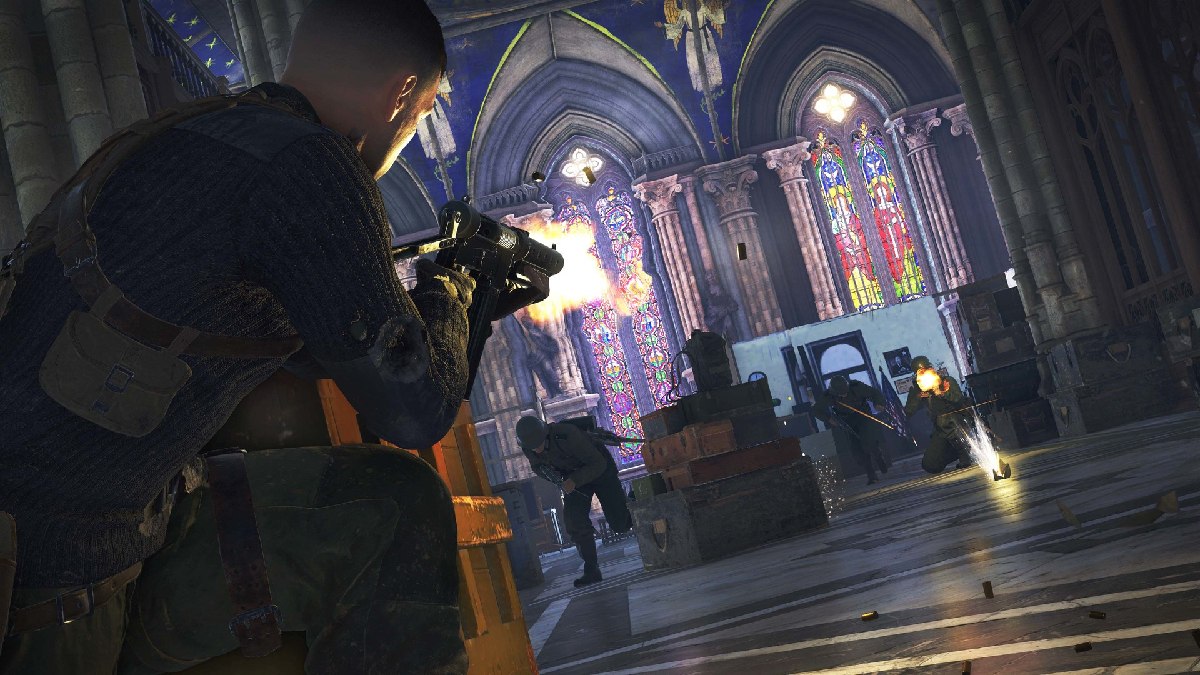Earlier this month Lenovo launched its Legion range of gaming laptops in India. The Chinese company joins the likes of Acer, Asus, Dell, and HP, who are all also looking for a slice of the country’s gaming market. Gadgets 360 spoke to Raghavendra Araveeti, Product Manager – Consumer Notebooks at Lenovo, to find out what makes its efforts different. He tells us that previously, Lenovo had clubbed gaming with multimedia, using the IdeaPad line to push gaming-specced laptops, all while trying to build an association with e-sports. The Legion range represents a focussed attempt at building on this.
“The previous generation of gaming laptops we had was under the IdeaPad brand,” Araveeti says. “What we’re trying to do here is to create a separate community because the idea is to give a separate identity for the gamers and don’t combine them with usual notebook consumers.”
The Lenovo Legion Y520 and Legion Y720 are targeted towards different kinds of gamers. Araveeti says that the Y520 is for the first-time gamer, while the Y720 is for the “hardcore” crowd. That might be how Lenovo sees it, but the Legion Y520 starts at Rs. 92,490 (leaving aside the pre-booking discount), which is hardly what most people would call “entry-level”.
“[Lenovo] Y520 isn’t an affordable or entry-level notebook,” Araveeti admits. “But it has all the latest features. We would like to keep the price as just [reasonable] as possible by not compromising on the overall offering.”
In this case, the “overall offering” is shaped in part by the community Lenovo built during its time trying to sell gaming laptops under the IdeaPad range.
![]()
“Hardware and software updates and improvements is something we take from the community directly,” says Araveeti. “When we started this Legion brand it was with strong community support, a lot of them were from the IdeaPad days. We have ascertained that gamers wanted features like dual storage.”
“What we’ve done is, have a 128GB SSD and 1TB HDD,” he points out. “Normally dual storage isn’t a default option. On higher-end laptops we’ve integrated customisable RGB keyboards as well.”
But with the sudden interest that all brands are showing in this space, there’s a lot of competition. And if that isn’t enough, building a decent gaming desktop PC will just cost around Rs. 50,000 to 60,000. Legion itself has a desktop line in other parts of the world, though there’s no firm plan to launch these in India yet, Araveeti confirms. This means that the only products Lenovo’s gaming line has on offer in India are at a huge premium.
To that end, the company has been looking at ways in which it can bring the price down for customers. “Since Legion is Flipkart and [Lenovo’s] Do Store online exclusive, we can run promos such as Rs. 999 for three years warranty,” says Araveeti. “Flipkart has an offer where consumers can bring laptops and get Rs. 20,000 off. The sticker price seems to be higher, but you get a better notebook at a better price [through trade-in] and easy EMIs so its more affordable.”
Furthermore, Araveeti opines that consumer mentality has evolved, with gamers looking for specifics in their machines.
“Consumer behaviour in terms of acceptance is much higher in the premium segment,” he adds. “People are looking at features and configuration – more are asking specifics. They’re particular about what graphics card they want to use.”
![]()
That sounds pretty positive, but the truth of the matter is that the real numbers are still pitifully low. Even though gaming is – Araveeti says – the fastest growing category for laptops, that’s because the base is almost non-existent. The overall marketshare for gaming is one percent, he says. “It also gives a halo effect for the parent brand, to drive walk-ins and conversions, even for surrounding notebooks as well,” he adds.
It’s not clear how seriously Lenovo is taking gaming in India just yet, as it keeps desktop gaming under the IdeaPad label, and is only selling a couple of very expensive devices even in the face of an explosion of competition. For gamers though, an increasing presence of all brands at various price points can only be a good thing, and one that’s going to grow the market as a whole far more than any single brand could.



